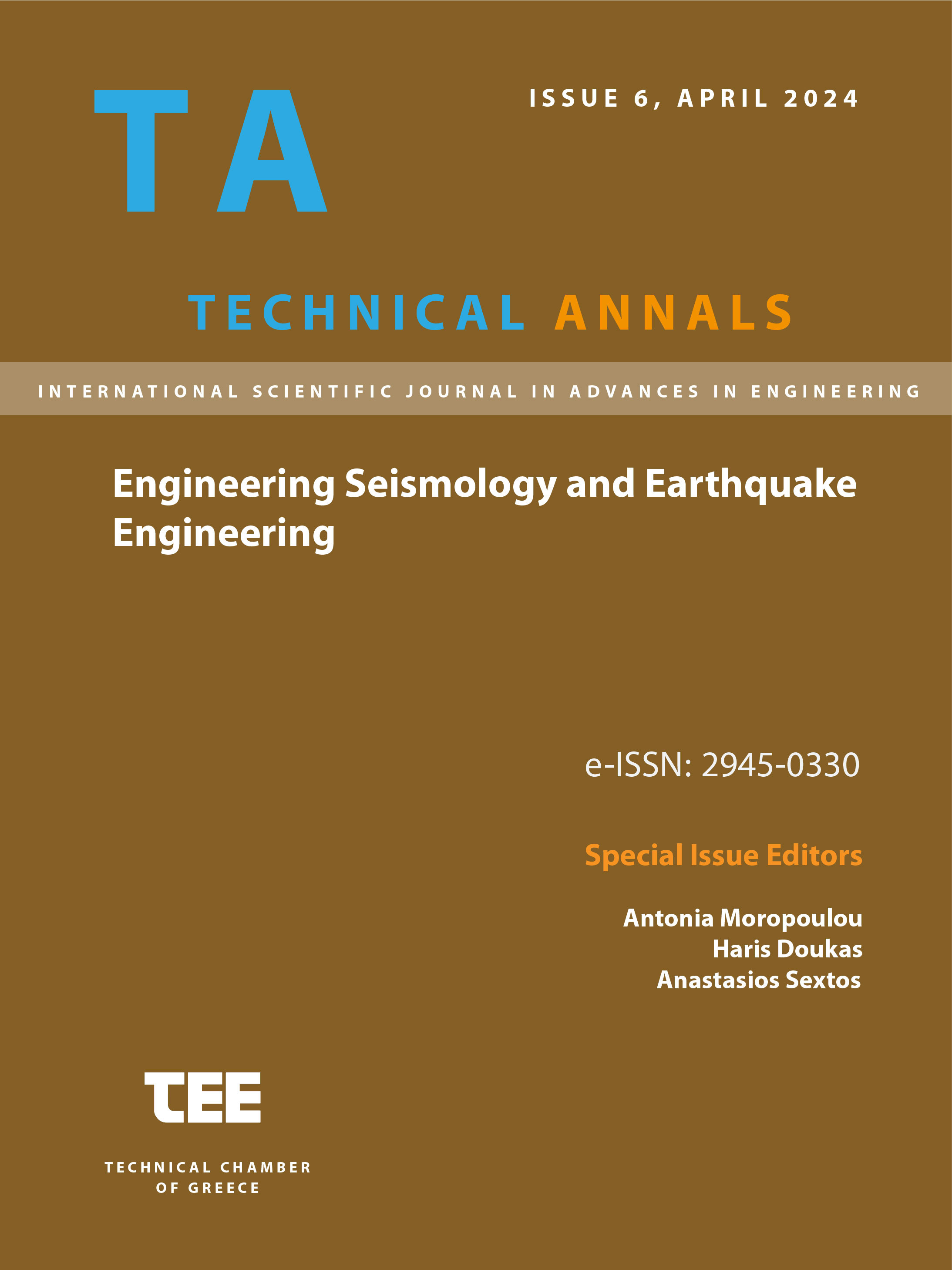An approximate method to assess the seismic capacity of existing RC buildings

Abstract
An approximate method to assess the seismic capacity of existing RC buildings is demonstrated, which is applied to the methodology of the Second-degree pre-earthquake inspection according to its recent first revision (2022). This method is validated by comparing the obtained results with the ones of a non-linear static analysis. In particular, the following points are being examined: (a) the effect of masonry infill walls on the seismic resistance of the building and its failure index, taking into account their construction detailing, (b) the effect of unknown information regarding steel reinforcement amounts and (c) the difference in results when the prior to the revision methodology is applied (version of 2018). The results obtained from the examination, show that the values of the failure indices of a building, for the case of known amounts of reinforcement, provided by the Second-degree pre-earthquake inspection, were in great convergence with the corresponding ones in terms of acceleration obtained by the non-linear static analysis, for reasonable geometry and location of openings on infill walls. When the maximum failure index of the column elements was considered as the main failure index for the non-linear static analysis, differences in results were observed in some cases.
Article Details
- How to Cite
-
Zochiou, L., Panagopoulou, M., & Dritsos, S. (2024). An approximate method to assess the seismic capacity of existing RC buildings. Technical Annals, 1(6). https://doi.org/10.12681/ta.36866
- Section
- Material Science and Engineering

This work is licensed under a Creative Commons Attribution-NonCommercial-ShareAlike 4.0 International License.


